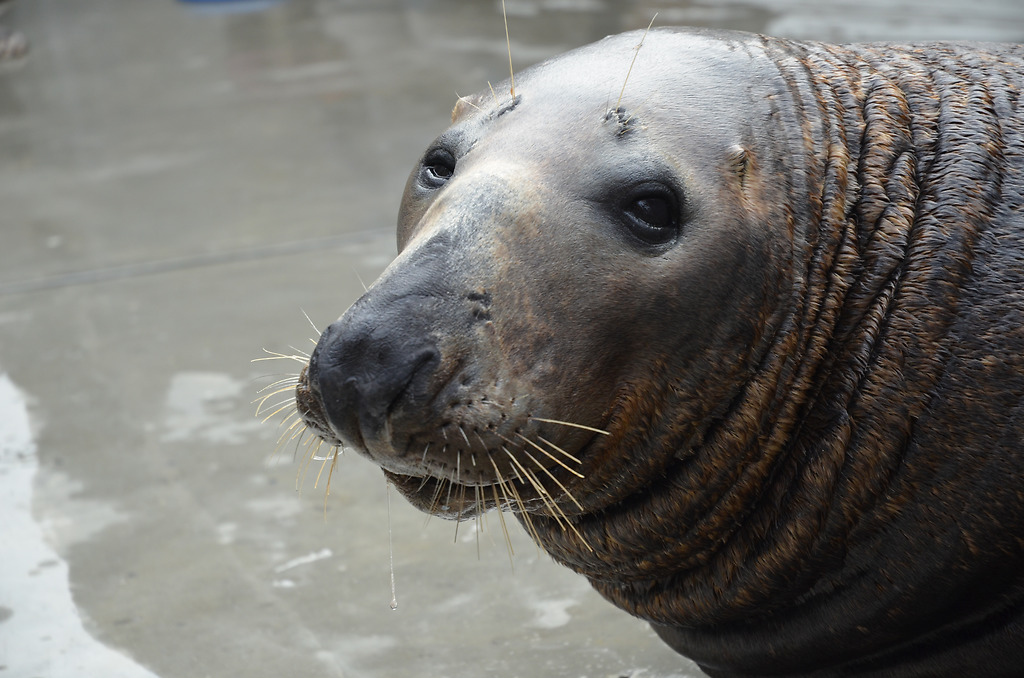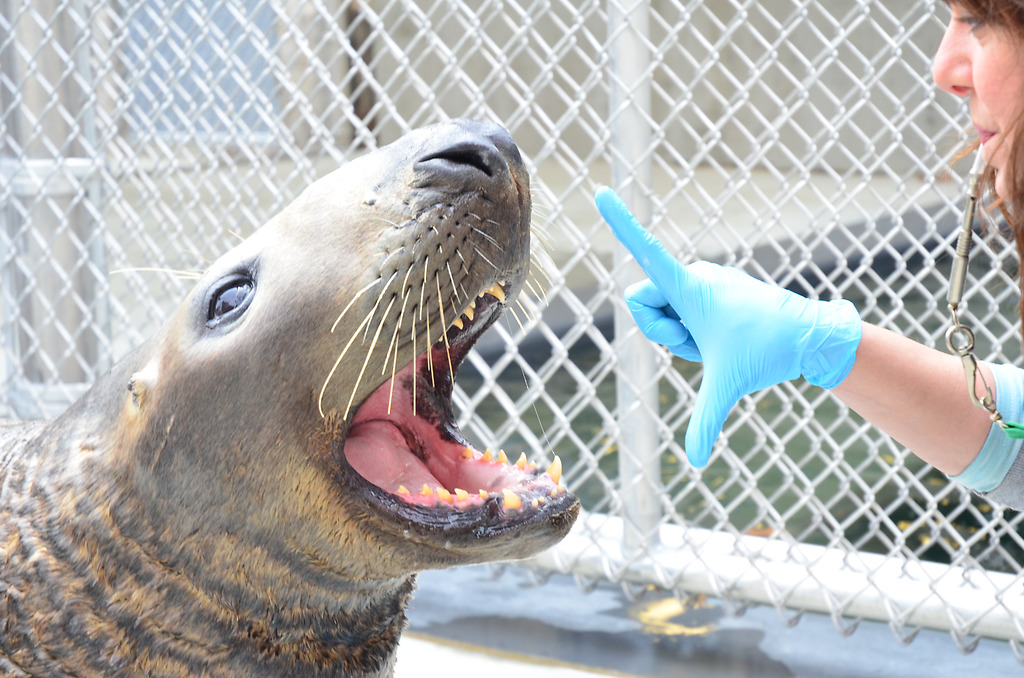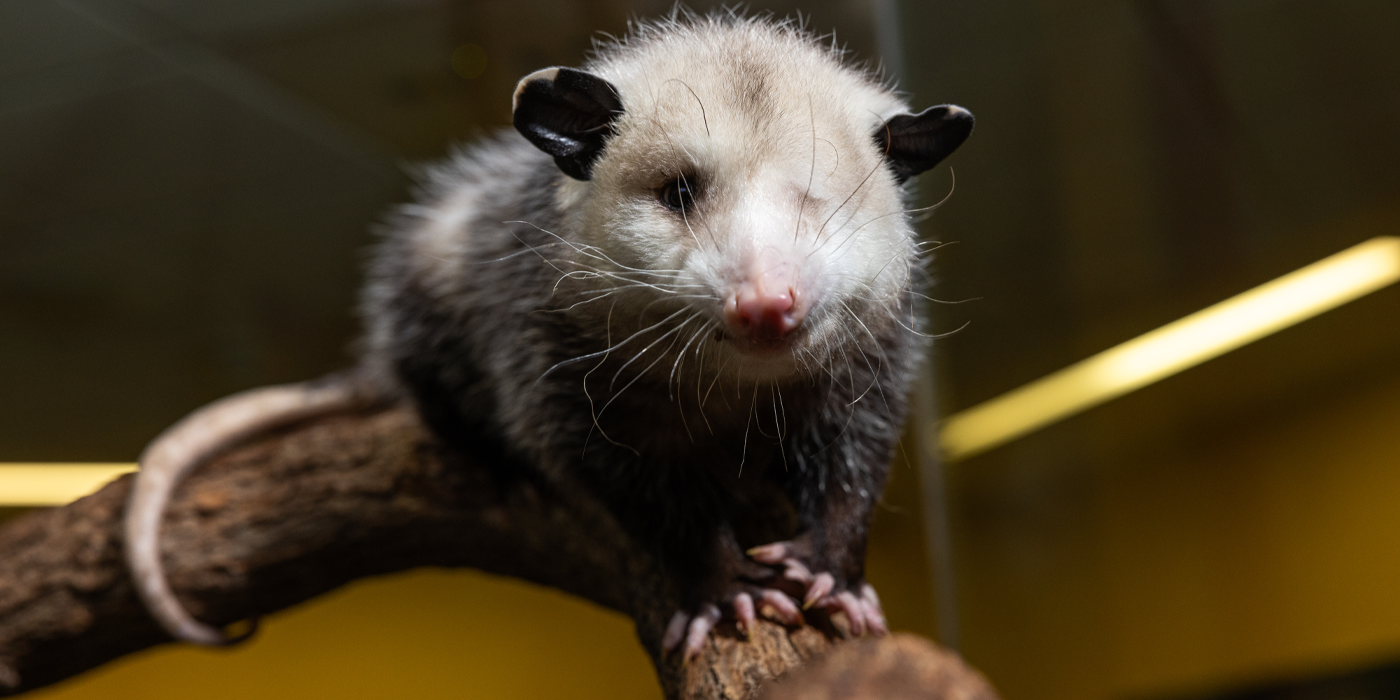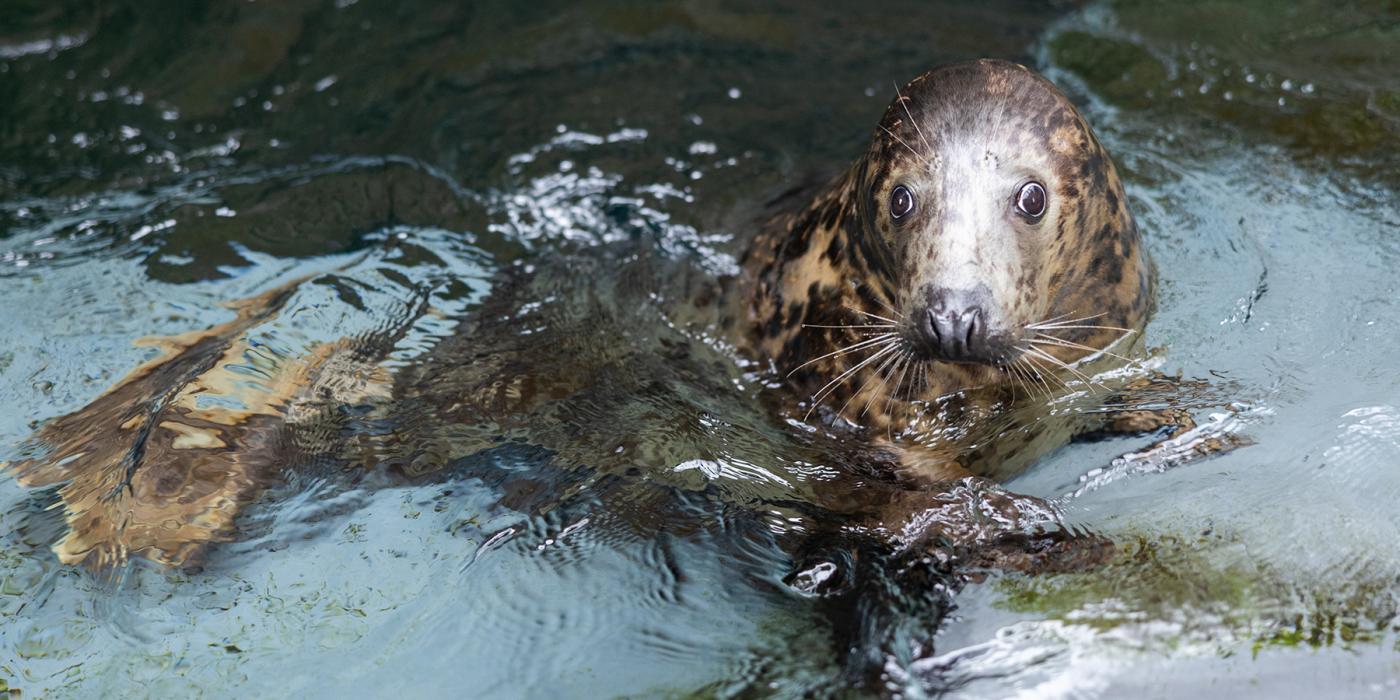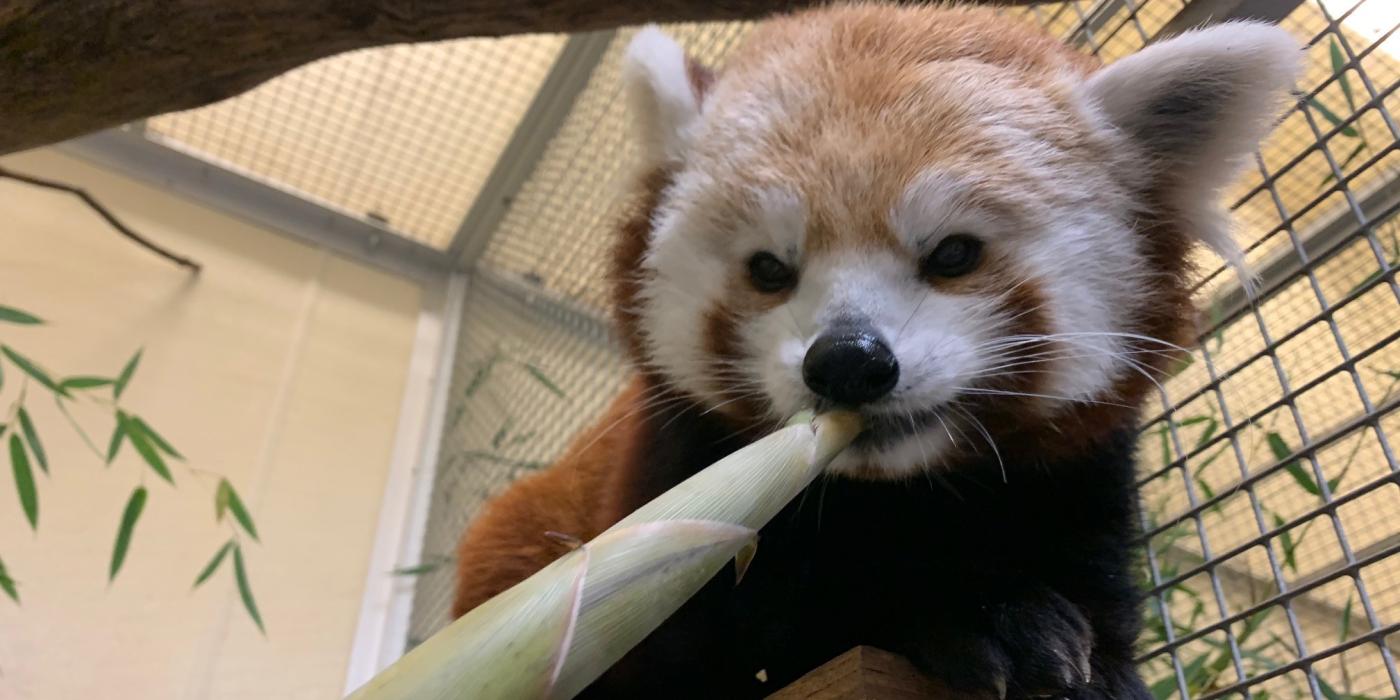Elderly Gray Seal Dies at the Smithsonian’s National Zoo and Conservation Biology Institute
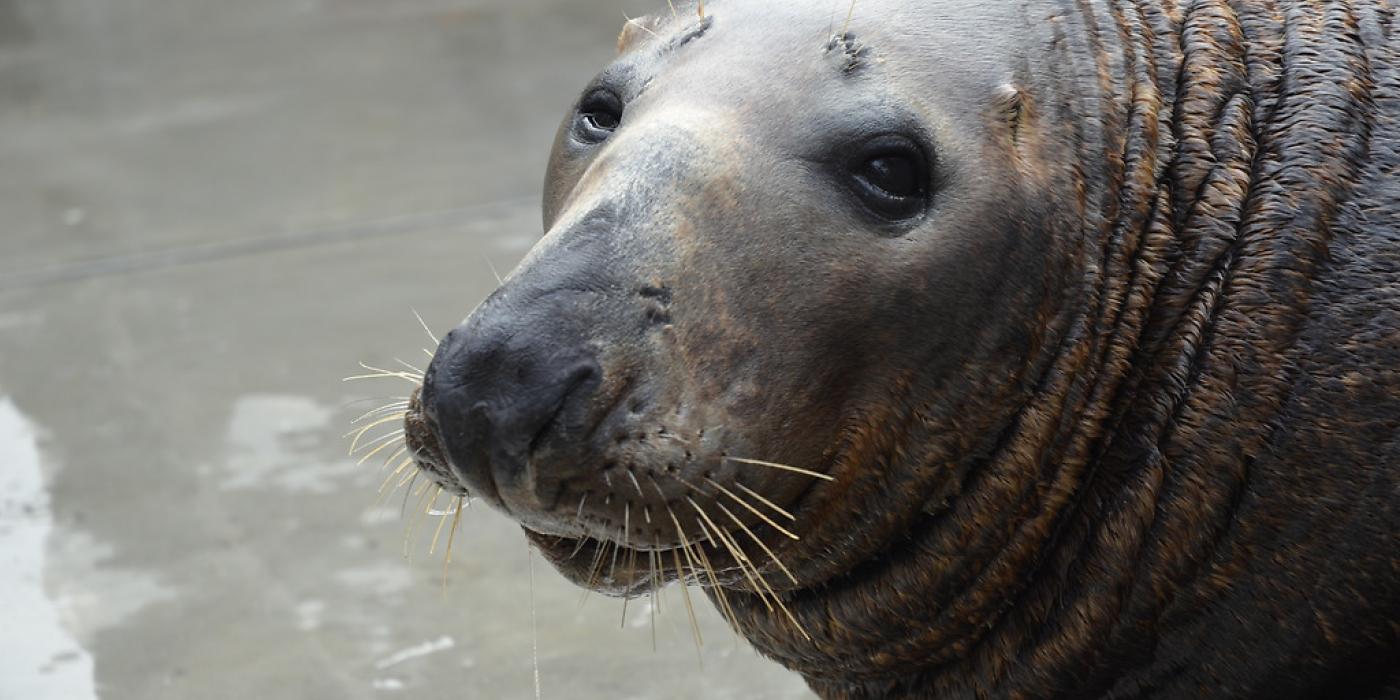
American Trail keepers at the Smithsonian’s National Zoo and Conservation Biology Institute (NZCBI) are mourning the loss of Gunther, a 33-year-old male gray seal who died Jan. 18. The median life expectancy for gray seals in human care is about 19 years.
On Jan. 11, keepers first noticed Gunther had a lack of appetite and less energy than usual. After a consultation with the Zoo’s veterinary team, he was prescribed antibiotics, antinausea medications and diuretics. However, Gunther’s lethargy and lack of appetite continued to progress, leading to additional tests, including a bronchoscopy, echocardiogram and abdominal ultrasound. Further treatment included intravenous fluids and additional antibiotics. On the morning of Jan. 18, Gunther went into cardiac arrest. Despite prompt care, attempts to resuscitate him were unsuccessful. A final pathology report will provide more information in the coming weeks.
Gunther first arrived at NZCBI Nov. 5, 2012, alongside female gray seals Kjya and Kara, the three having previously lived together at the Adventure Aquarium in Camden, New Jersey. Gunther had breeding recommendations with both females under the Association of Zoos and Aquariums’ Species Survival Plan (SSP). The SSP scientists determine which animals to breed by considering their genetic makeup, nutritional and social needs, temperament and overall health. Prior to his arrival at NZCBI, Gunther had sired two pups, Tasha and Lilly, born in 2004 with Kara and Kjya, respectively. He successfully bred with Kara twice while at NZCBI, producing Rona, born in 2014, and Birdie, born in 2017.
The American Trail team will remember Gunther as an easy-going, reliable seal with a larger-than-life personality. A true ambassador for his species, Gunther’s personality and size made him popular with visitors, providing them with an opportunity to learn about and connect with a species not frequently seen in zoo settings. He was quick to adapt to diverse training sessions, as well as to changes to his environment and social dynamics within the seal colony.
Gunther’s patience and reliability in training sessions granted new keeper and veterinary staff opportunities to learn how to work with gray seals. Additionally, his dramatic threat displays of slapping the water during breeding season, and his herding of female seals, educated staff and visitors about gray seal behavior.
Although considered “of least concern” on the International Union for Conservation of Nature’s Red List, gray seals were nearly hunted to extinction in the mid-20th century for their oil, meat and fur. After the U.S. Congress passed the 1972 Marine Mammal Protection Act, North American populations began to rebound. Today, gray seals are a prime example of how environmental legislation can protect wildlife.
# # #
Photo caption 1: Gray seal Gunther rests beside a pool on the American Trail.
Photo credit 1: Connor Mallon, Smithsonian’s National Zoo and Conservation Biology Institute
Photo caption 2: Gray seal Gunther opens his mouth on cue during a training session with an American Trail animal keeper.
Photo credit 2: Connor Mallon, Smithsonian’s National Zoo and Conservation Biology Institute
Related Species:
Image Gallery



